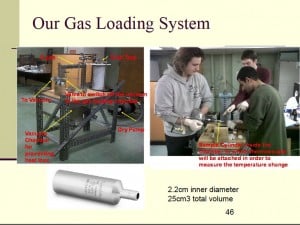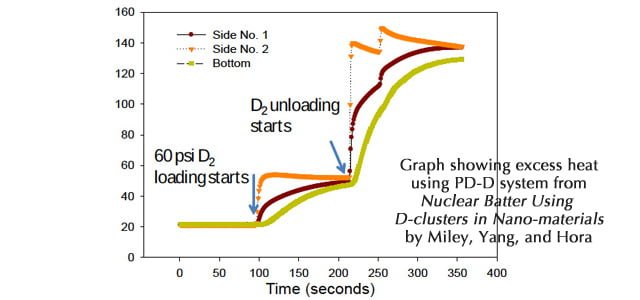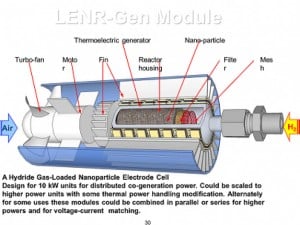Graphic: Temperature (oC) vs. Time from Nuclear Battery Using D-Clusters in Nano-materials … by Miley, Yang, and Hora.
New energy advocates rallied behind George Miley‘s LENUCO at the Future Energy site, but it wasn’t enough to put the LENR-Gen module project over the top to win the chance to speak before venture capital firms at a Boston, Massachusetts event.
In the lead for most of the ten-day “crowdvoting” contest, LENUCO slipped to third by the last day, while SmartPwrGrid and Printable Photovoltaics took first and second place with a surge of votes.
The projects page is gone now, but at my last check all vote counts were under 1000, though SmartPwrGrid was approaching that mark fast.
During the last day, a reader found evidence of vote-buying from at least one of the contestants which, according to the organizers, disqualifies them. The two winners are not implicated in that vote-buying scheme.
That the LENR community couldn’t muster 1000 votes shows the need for further outreach.
Whatever the feeling, the fact that a revolutionary solution to our energy, environmental, and economic problems is forced to submit to “crowdvoting” to be heard reveals the absurdity of our societal priorities at the close of the Chemical Age.
A Game-Changing Power Source Based on Low Energy Nuclear Reactions (LENRs) .pdf presented at last year’s NETS conference shows the beginnings of this current LENR-Gen module.

Helping a new generation of scientists is well-worth the funding this technology deserves, and we will continue to support the efforts of labs who struggle to bring a clean energy future forward.



